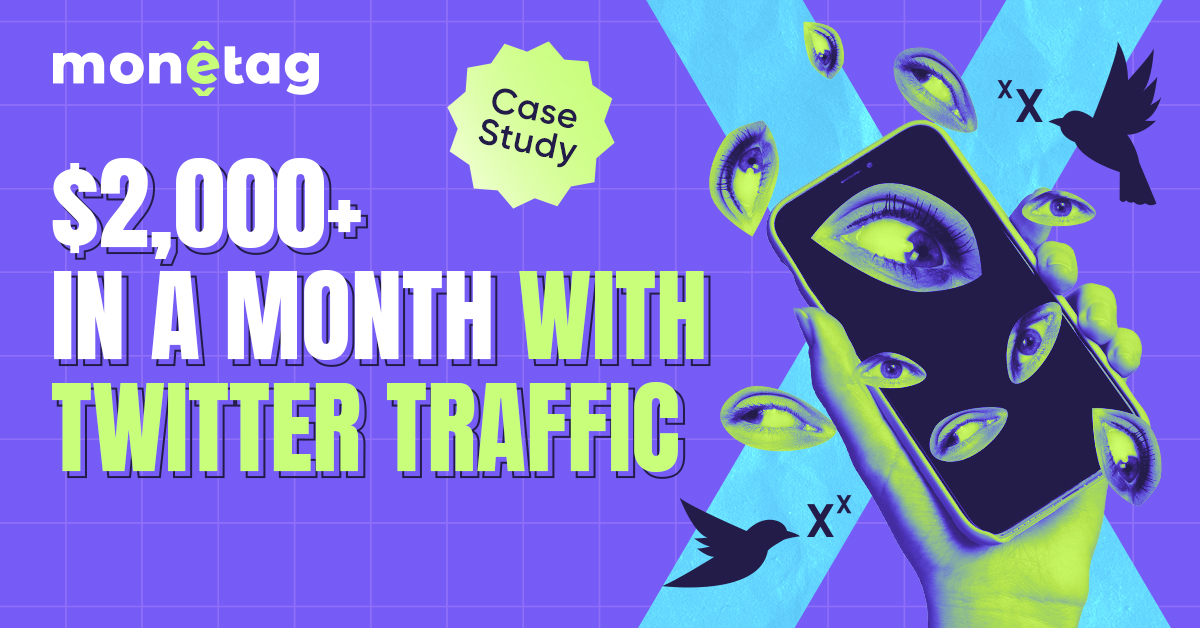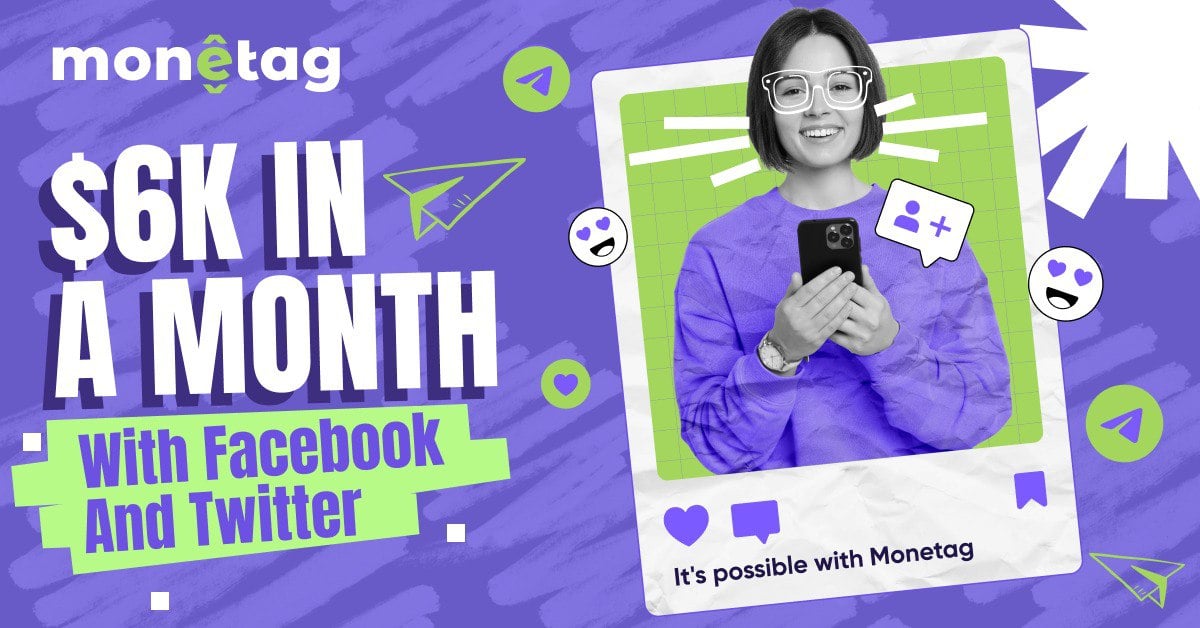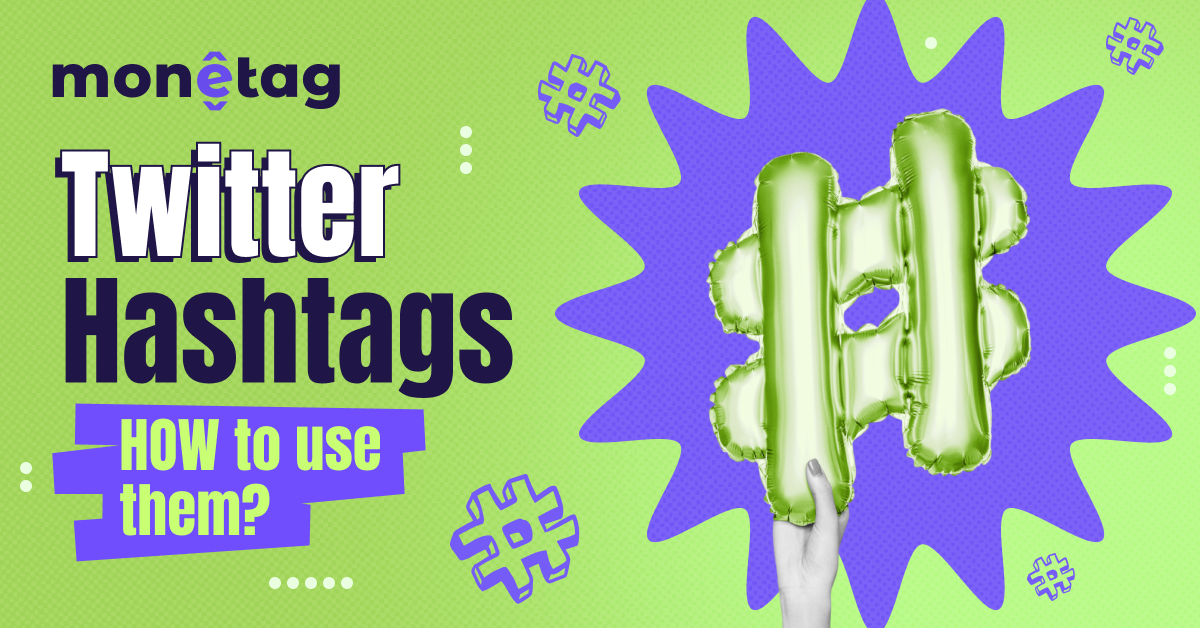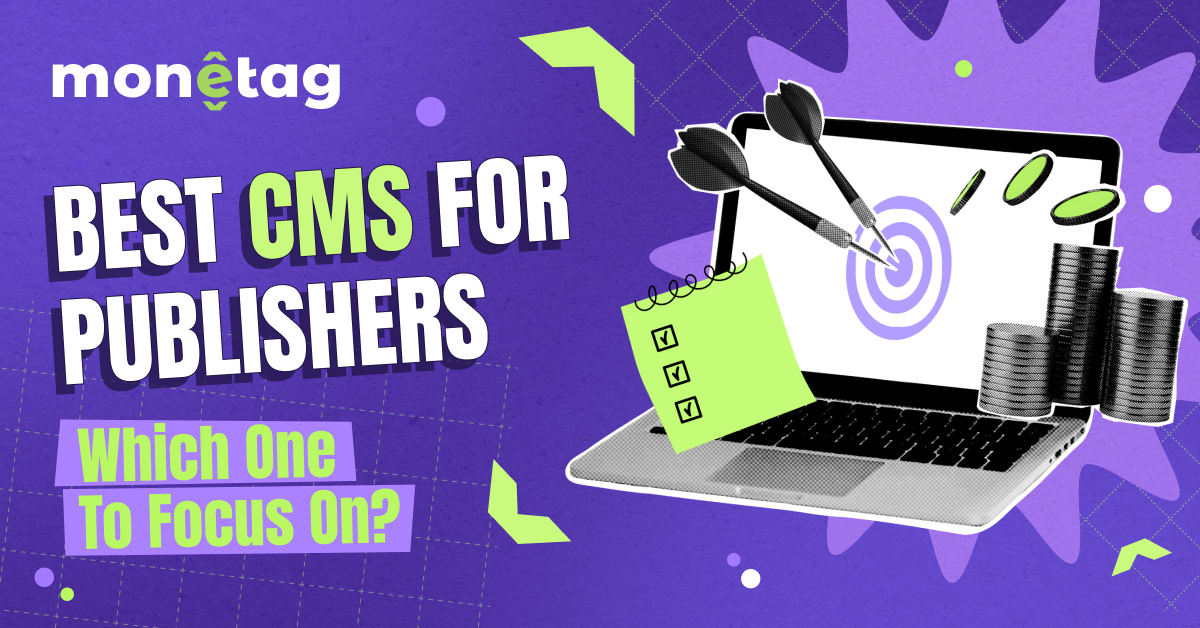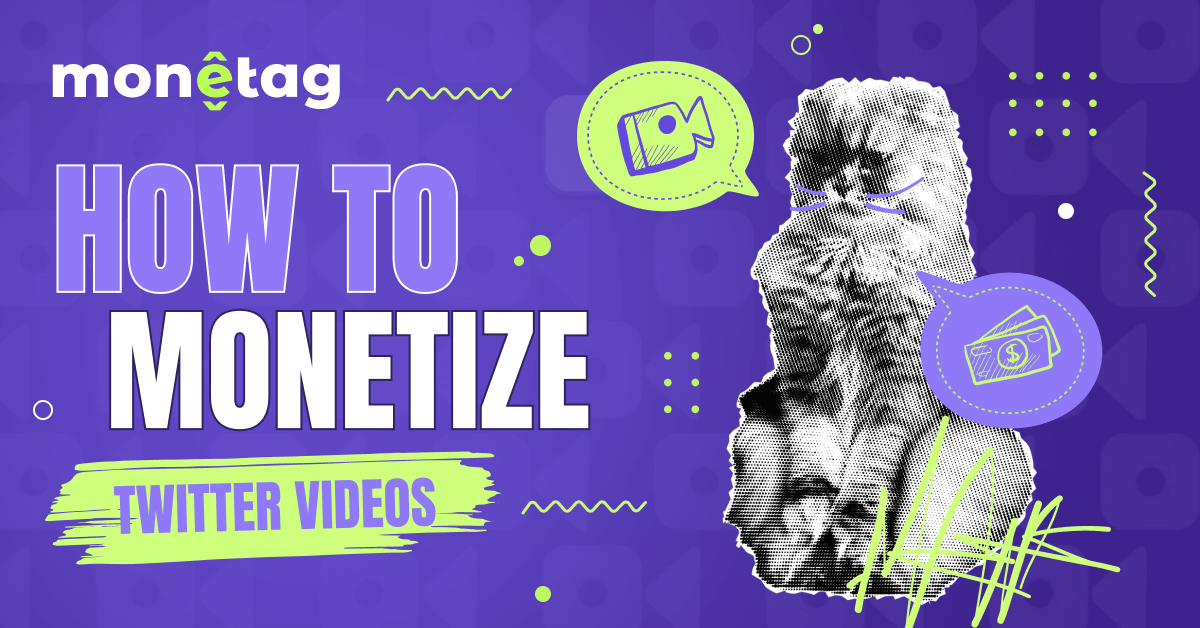How to Create and Monetize Twitter Bots in 2026
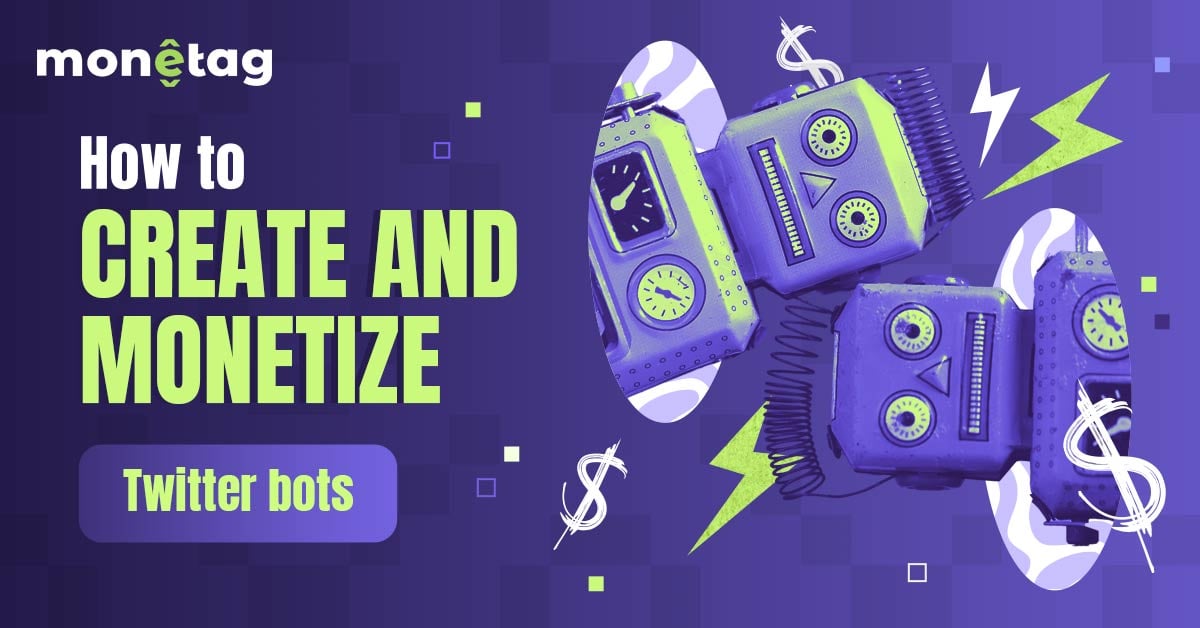
In the age of automation and algorithm-driven content, Twitter bots have emerged as one of the most efficient tools for engagement, information delivery, and, yes, monetization.
From meme retweets to stock price updates, these bots can do more than just fill your feed — they can become a revenue source.
This guide will walk you through how to create and monetize Twitter bots in a way that feels natural, ethical, and effective.
But First — Why Twitter Bots?
Before diving into the “how,” let’s talk about the “why.”
Twitter bots serve dozens of purposes:
- They can auto-respond to users, boosting engagement.
- They can retweet content based on keywords or hashtags.
- They can deliver scheduled content or reminders.
- They can notify followers about events, sales, or even post jokes.
From niche fan pages to automated news updates, bots are widely used by brands, creators, and indie developers alike. The appeal? They run 24/7, require little maintenance, and grow over time with smart tweaks.
Twitter Bot Examples: Top Bot Ideas for Your Inspo
Here are some examples of the popular Twitter bots. Some of them are still up and running, while others have already stopped tweeting, but they remain like little monuments to the golden era of creative automation.
Pépito the Cat (@PepitoTheCat)

This bot tweets every time a cat named Pépito leaves or enters the house through a cat door. It posts updates like:
- “Pépito is out”
- “Pépito is back home”
…along with a timestamp and photo from a home camera.
This account has nearly 900,000 followers and shows how a simple, charming bot can build a huge audience just by documenting something real and relatable.
Everyword

This bot tweeted every word in the English dictionary, one at a time, every 30 minutes. People followed it like a slow, poetic journey through the language.
Tinycarebot
A gentle self-care reminder bot.

Netflix_bot

Tweets whenever new content drops on Netflix. Perfect for binge-watchers and pop culture fans.
Year_progress

Shows how far we are into the year using a progress bar.
ThreadReaderApp

This Twitter bot that “unrolls” threads — meaning it takes all the tweets in a thread and turns them into a single, clean, scrollable page. No ads, no interruptions, and none of the random replies or quote tweets that usually clutter a long Twitter conversation.
How to Create Twitter Bots
Let’s demystify the process. Making your own Twitter bot doesn’t require advanced coding experience — just a clear goal and basic scripting skills.
1. Set up a Twitter Developer Account
First, head over to developer.twitter.com and apply for a developer account. Once approved, you’ll be able to create a project and generate the API keys (consumer key, consumer secret, access token, and access token secret) that your bot will use to interact with Twitter.
2. Choose Your Tools
While some bots are built in Node.js or Ruby, most beginners prefer Python thanks to its simplicity and the robust tweepy library.
Here’s a simple example:
import tweepy
auth = tweepy.OAuth1UserHandler(consumer_key, consumer_secret, access_token, access_token_secret)
api = tweepy.API(auth)
api.update_status(“Hello, world! This is my first Twitter bot.”)
This tiny script posts a tweet. Add logic, and your bot can search hashtags, respond to mentions, or retweet trending posts.
3. Host and Run It
You can host your bot on a Raspberry Pi, a VPS, or a serverless cloud function (like AWS Lambda or Google Cloud Functions). Set a timer or a cron job for periodic actions.
How to Monetize Twitter Bots
Alright, let’s talk coins.
Once your bot is up and tweeting regularly — whether it’s dropping spicy memes, sharing crypto updates, or posting fun facts — it’s time to think about turning those tweets into income. And no, you don’t need millions of followers to make it happen. Here are a few ways Twitter bots can earn their keep:
- One classic route is affiliate marketing. Let’s say your bot shares cool gadgets or useful tools — you can include affiliate links with each recommendation. If someone clicks and buys, you earn a small cut. It works especially well for niche bots (like tech tips, book suggestions, or gear recs) because the audience is already interested.
- Another solid option is driving traffic to something you own — your blog, newsletter, YouTube channel, or even a Telegram group. Use the bot’s tweets to spark curiosity and gently nudge people toward platforms where monetization is more direct. For example, you might post a teaser like “Top 3 AI tools for lazy productivity? #3 blew my mind [link]”.
- Sponsored or promoted tweets are also a thing. If your bot has grown a decent following or reaches a very specific audience (like indie game fans, startup nerds, or dog lovers), brands might actually pay you to tweet for them. It’s not as common as with influencer accounts, but it’s still very much possible.
- You can also sell access or premium features. For instance, your bot could offer bonus content, early alerts, or full threads only for subscribers on Patreon, Buy Me a Coffee, or Gumroad. Some bots even lock certain commands or replies behind a subscription — like “DM the bot with ‘stock’ to get the daily price list, but only if you’re a supporter.”
Whatever monetization route you choose, here’s the golden rule: don’t be a sellout. If every tweet smells like an ad, people will bounce — fast.
The key is to add value first and let the monetization blend in naturally. If users trust your bot, they’ll be much more likely to click, subscribe, or support when it counts.
Ethical Considerations
Creating a Twitter bot is like getting a megaphone — you can use it to spread good vibes… or just annoy the internet. So, before you start tweeting every 3 seconds, let’s talk ethics.
When you build a bot, you’re stepping into a space shared by millions of real people, and it’s important to keep the experience positive for them. Whether your bot is funny, helpful, or just posting cat pictures every hour, play fair.
Here’s what to avoid:
- Spamming or mass tagging. Nobody likes their feed filled with nonsense or being tagged in something irrelevant. It’s a fast track to blocks and bans.
- Spreading misinformation. If your bot shares news or data, double-check the sources. Don’t accidentally (or intentionally) add to the chaos online — even bots have a responsibility.
- Auto-follow/unfollow tactics. Gaming the system by following hundreds of people and unfollowing them later is not just shady, it’s also a violation of Twitter’s automation rules. And it rarely works long-term.
- Excessive automation that violates Twitter’s policies. Too many actions (likes, DMs, retweets) in a short time = red flag. Your bot can get shadowbanned or suspended altogether.
Instead, be a classy bot and focus on:
- Transparency. Let people know they’re interacting with a bot. A simple “I’m a bot!” in the bio does the trick. People appreciate honesty.
- Useful or entertaining content. Whether your bot shares reminders, jokes, or links to new articles, give your audience something they’ll actually want to see.
- Respect for user consent and privacy. If your bot interacts with users (e.g., replies, DMs), make sure they’ve opted in or expect it. No one likes an unsolicited robot in their inbox.
Final Thoughts
Twitter bots are no longer just toys for techies. They’re flexible tools that can build audiences, support creative projects, and bring in real revenue when done right. Whether you’re automating content delivery or building a whole brand persona, bots open up new ways to grow and earn.
So if you’re ready to experiment, now’s the time to create your own Twitter bot — and maybe turn it into your next big side hustle.

